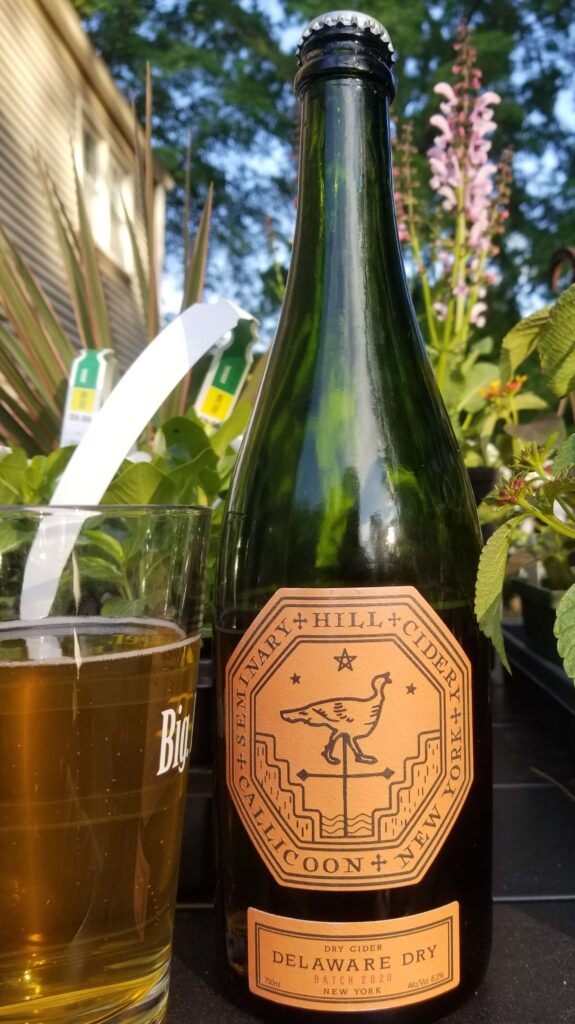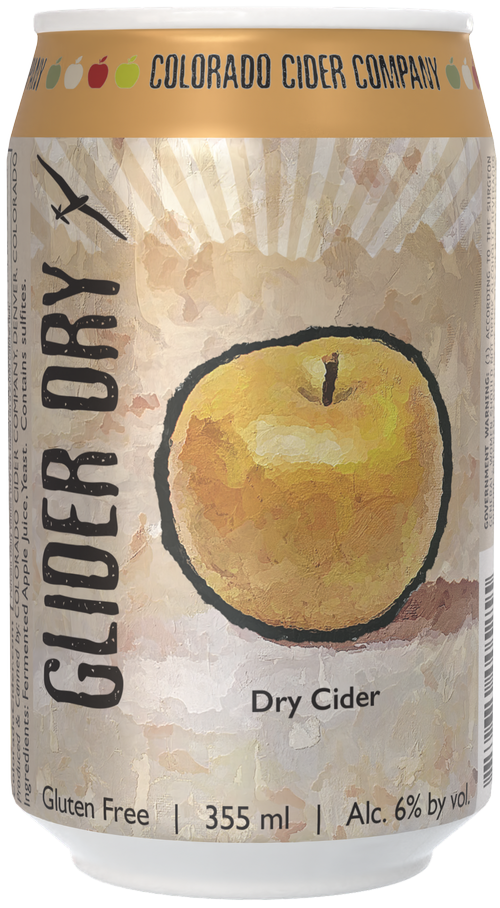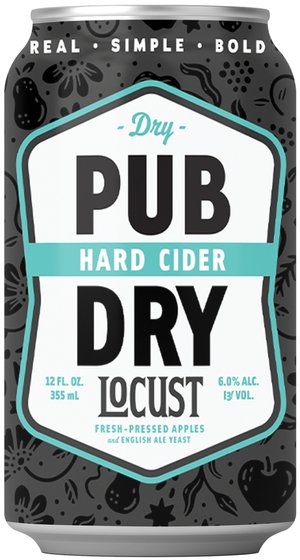 Most readers are familiar with cider - or hard cider as it is referred to in the United States. The legal tax definitions are that it is (1) made from apples, pears, or concentrate of apples or pears and water; (2) contains no other fruit product or fruit flavoring other than apple or pear; and (3) contains at least 0.5% and less than 8.5% alcohol by volume.
Most readers are familiar with cider - or hard cider as it is referred to in the United States. The legal tax definitions are that it is (1) made from apples, pears, or concentrate of apples or pears and water; (2) contains no other fruit product or fruit flavoring other than apple or pear; and (3) contains at least 0.5% and less than 8.5% alcohol by volume. Pear cider or Perry is a subset within this classification and the major difference with apple cider is not only the fruit but more importantly that pears naturally contain unfermentable sugars (sorbitol) that leave a residual sweetness in the beverage. And whereas cider uses the Long Ashton Research Station (LARS) classification system to understand the complex relationships between acidity, tannin, and sugar levels, perry classification is much simpler. Either low tannins or high tannins.
Pear cider or Perry is a subset within this classification and the major difference with apple cider is not only the fruit but more importantly that pears naturally contain unfermentable sugars (sorbitol) that leave a residual sweetness in the beverage. And whereas cider uses the Long Ashton Research Station (LARS) classification system to understand the complex relationships between acidity, tannin, and sugar levels, perry classification is much simpler. Either low tannins or high tannins.Differences Between Perry and Cider:
- Fruit: Perry is made from fermented pears, while hard cider is made from fermented apples.
- Unfermentable Sugars: Pears contain unfermentable sugars, such as sorbitol, which leave a residual sweetness in the beverage. This is not typically found in hard cider.
- Maturity and Pomace: Pears must be left to mature after picking, and the pomace (fruit residue) must be left to stand after initial crushing to lose tannins, a process similar to wine maceration. Hard cider production does not require this step.
- Chemical Compositional Differences: Apples and pears have distinct chemical compositions, affecting pre-fermentation and fermentation decisions for perry production.
Pear Varieties:
- Barnet: A sweet pear variety with low acidity and tannins, making it suitable for perry production.
- Butt: A bittersharp triploid pear variety, often used for perry making, particularly in England.
- Yellow Huffcap: A sharp diploid pear variety, also used for perry production, with a high tannin content.
- Barland: A pear variety known for producing consistently excellent perry, with a balanced flavor profile.
- Brandy: Another pear variety suitable for perry making, with a flavor profile that might evoke notes of brandy.
- Thorn: A pear variety mentioned as one of the best for perry production, although specific characteristics are not specified.
- Taylor’s Gold: A pear variety reported to produce excellent perry, with a sweet flavor profile.
- Normanischen Ciderbirne: A European pear variety used for perry making, with a flavor profile that might include notes of apple and pear.
- Gin: A pear variety mentioned as part of a European variety selection used for perry production.
- Hendrik’s Huffcap: A pear variety used for perry making, with a flavor profile that might include notes of citrus and floral hints.
Some cideries choose to create apple-pear blends which allow the acidity and tannins of the apples to meld with the sweeter tannins and floral character of the pears. Glass Apple Cider from the Green Bay Packer region offers the Grow A Pear semi-dry cider which combines the ripeness and juicy acidity of the apples with the sweetness and floral elements of the pears. In neighboring Duluth Minnesota, Wild State Cider offers a similar product in the Juicy Pear. Brace for a more refreshing option than a traditional perry. Similarly, Locust Cider offers their Honey Pear – a blend of Washington state apples and pears with wildflower honey with rising acidity to balance the sweeter profile.









































